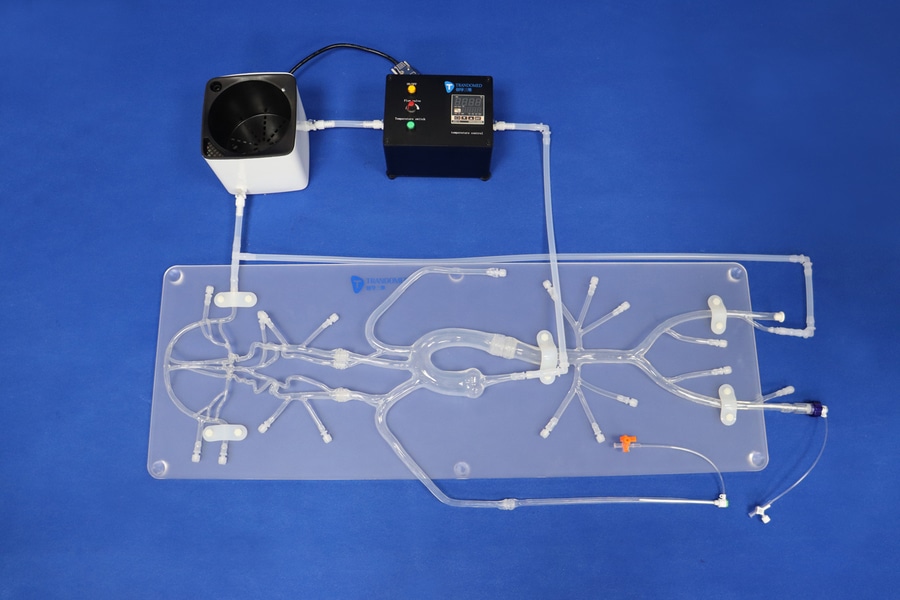
#Industry News
What Is a Cerebral Angiography?
Cerebrovascular disease has a high fatality rate and is one of the diseases that harm health of middle-aged and elderly people.
What is cerebral angiography?
Cerebral angiography is a conventional and mature diagnostic method. The procedure involves a puncture in the thigh or arm of patient, an arterial sheath is placed through the femoral or radial artery, through which a thin, flexible catheter is placed into cerebral artery to be shown, an iodized contrast agent is injected, and imaging process is recorded. Through examination, we can accurately understand the number, location, size, severity of vascular lesions and the condition of peripheral blood vessels. It is also possible to preliminarily predict or understand the development of the disease, such as the risk of bleeding, the risk of infarction, and whether and how to intervene.
Who is suitable for cerebral angiography?
Patients with cerebral infarction, transient ischemic attack and suspected intracranial vascular disease.
Patients with cerebrovascular stenosis, occlusion, aneurysm, arteriovenous malformation and arteriovenous fistula indicated by MRI or CT angiography.
Patients with subarachnoid hemorrhage, cerebral hemorrhage or ventricular hemorrhage.
Patients with intracranial vascular injury during craniocerebral trauma.
Patients with brain tumors to be surgically removed.
DSA
Digital subtraction angiography (DSA) is a computer-assisted angiography method. This image is clearer and more intuitive than that shown by conventional cerebral angiography. Total cerebrovascular DSA includes bilateral internal carotid artery, bilateral external carotid artery and bilateral vertebral artery.
Neuro Vascular Model is recommended.It is suitable for simulating cerebral angiography.





